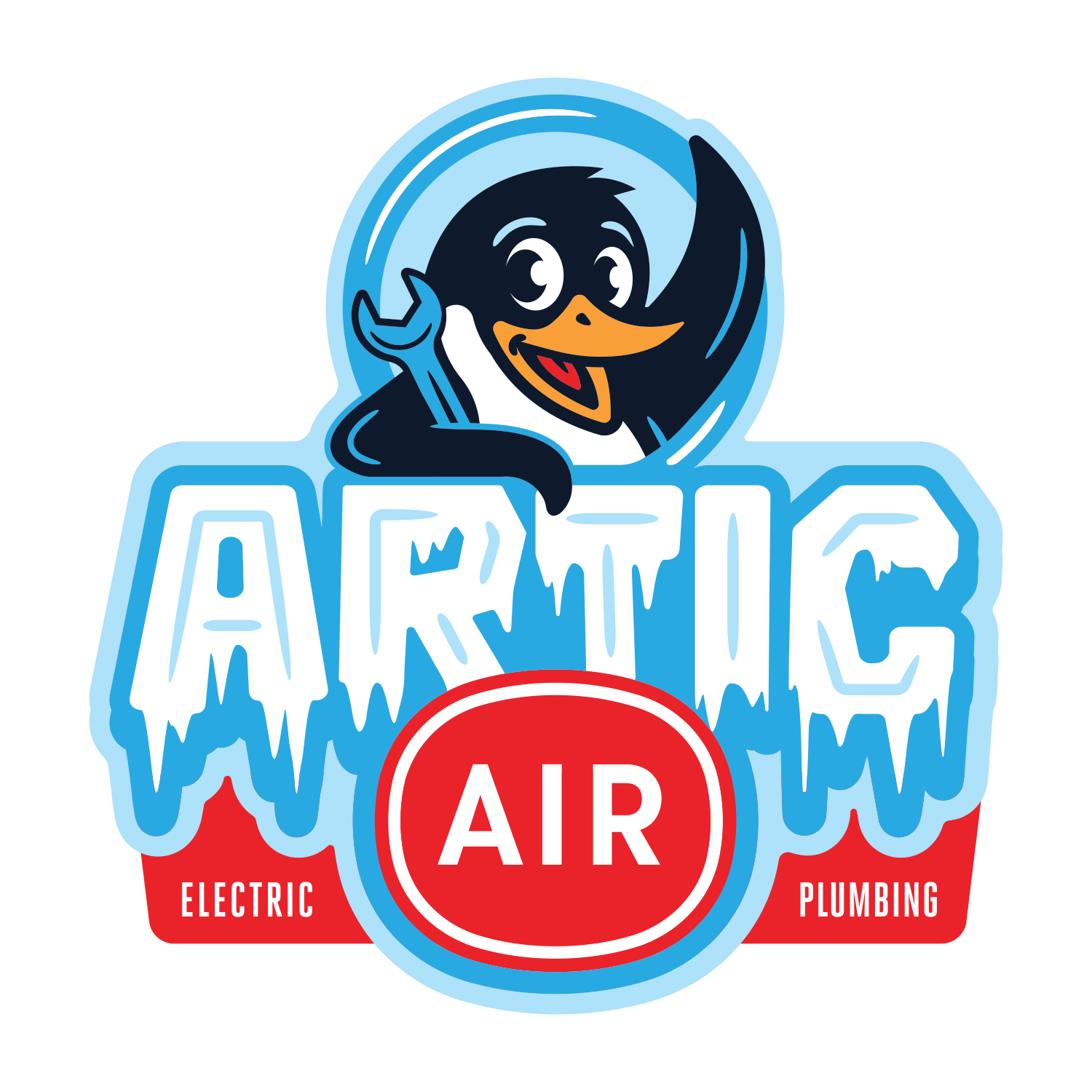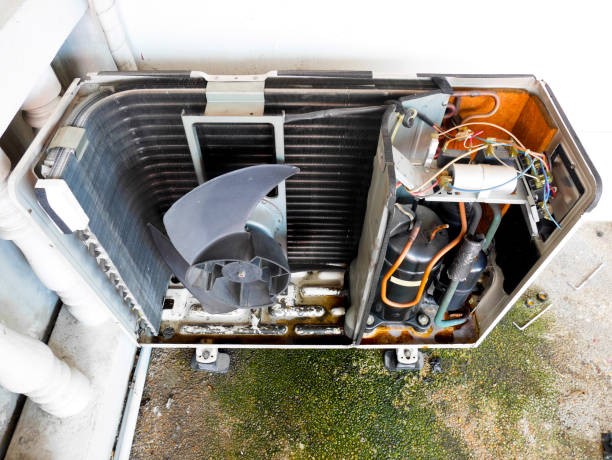Deciding whether to replace your furnace can be a daunting task. While a new furnace can improve efficiency and comfort, it’s not always necessary to invest in a replacement. Understanding when it’s unnecessary to replace your furnace can save you money and extend the life of your current system. Let’s explore the signs that indicate your furnace might still have plenty of life left.
Signs Your Furnace Doesn’t Need Replacing:
- Age of the Furnace:
While furnaces generally have a lifespan of 15-20 years, age alone isn’t a sole indicator for replacement. If your furnace is well-maintained and functioning efficiently, it might not need to be replaced just because it’s getting older.
- Consistent Performance:
If your furnace consistently heats your home effectively without frequent breakdowns, it’s likely still in good working condition. Regular performance with no significant issues indicates that a replacement may be unnecessary.
- Energy Efficiency:
Check your utility bills for signs of efficiency. If your energy bills haven’t significantly increased and your furnace operates efficiently, there’s no immediate need for replacement. An energy-efficient system that keeps costs steady is a good indicator of a healthy furnace.
- No Strange Noises:
Furnaces often make noise, but loud, unusual sounds like banging, clanking, or squealing can indicate problems. If your furnace runs quietly and smoothly, it’s a sign that it’s still in good condition and doesn’t need replacing.
- Regular Maintenance History:
Furnaces that have been regularly maintained and serviced tend to have a longer lifespan. If you’ve kept up with annual inspections, cleanings, and minor repairs, your furnace might still be running optimally.
- Minor Repair Needs:
Needing occasional minor repairs is normal for any furnace, especially as it ages. However, if these repairs are infrequent and inexpensive, they don’t justify a full replacement. A furnace requiring only minor repairs is often still viable.
- Stable Indoor Air Quality:
If your furnace provides good air circulation and maintains a stable indoor air quality without causing dryness or dust issues, it indicates that it’s functioning well. Significant drops in air quality might necessitate looking into repairs or upgrades but not necessarily a full replacement.
Maintenance Tips to Extend Furnace Life:
- Regular Filter Changes:
Change or clean the furnace filter every 1-3 months to ensure proper airflow and efficiency.
- Annual Inspections:
Schedule annual furnace inspections with a professional HVAC technician to catch and address any potential issues early.
- Clean Ductwork:
Keep the ductwork clean and free from dust and debris to maintain efficient airflow and system performance.
- Thermostat Management:
Use a programmable thermostat to maintain consistent temperatures and reduce unnecessary strain on your furnace.
- Seal Leaks:
Ensure there are no leaks in your ductwork or home that could cause your furnace to work harder than necessary.
When to Consider Replacement:
While there are many signs indicating that your furnace doesn’t need replacement, there are also clear indicators when replacement becomes necessary. If your furnace requires frequent and costly repairs, shows significant drops in efficiency, or poses safety risks, it might be time to consider an upgrade.
Understanding when it’s unnecessary to replace your furnace can save you a substantial amount of money and extend the life of your current system. By monitoring the performance, efficiency, and condition of your furnace, and maintaining it properly, you can ensure it continues to keep your home warm and comfortable for years to come.

